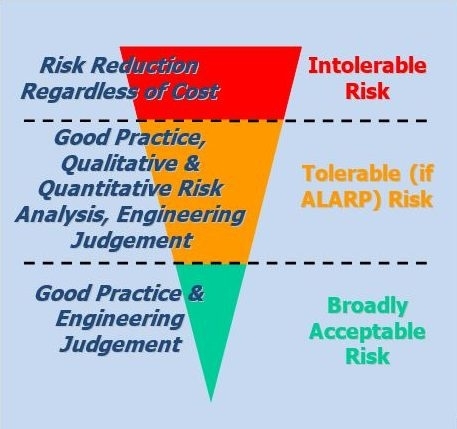Back in 2010-11 I had to practice social distancing for roughly nine months whilst having cancer treatment. I was lucky, I work alone, so could still go into my office, and by physical distancing could still be part of Sunday worship. I knew who I was in contact with and where they had been - and still recall with amusement the evening service where an internationally renowned oncologist came and sat next to me with a streaming cold - I wasn't impressed, and he did move when I asked him to!
Physical separation is effective in reducing risk of physical illness. It is not the same thing as social isolation, which is a bad thing.
Social isolation is when you have insufficient or ineffective contact with other humans. I didn't experience that during my cancer treatment, but I have experienced it. It is pernicious and damaging, eroding well-being and mental health. It possibly increases the risk of suicide in vulnerable people.
A few thoughts...
Firstly, as a church we are working out how to achieve helpful and effective risk reduction by social distancing without introducing or increasing social isolation. As part of this, I plan to phone everyone in our church directory once a week just to say 'hello'.
Words matter. I see references to 'social isolation' when 'social distancing' is intended. I hear comments about 'foreigners' and 'they Chinese' or other ethnic group - this is not helpful or accurate; we are all people, all image bearers if God, and all trying to get through this... 'othering' is not helpful,in fat it's destructive and damaging. I will try to choose my words carefully.
My decisions may be different from yours, and that's OK - it's what motivates those decisions that might need reflection... how does my choice impact you, or your vulnerable relative?
Remember those who are work in healthcare and those who work in shops... remember cleaners, remember postal workers, bus drivers and bin people... we are interconnected, and we all matter.
Take care, stay safe, wash those hands and don't hoard!
